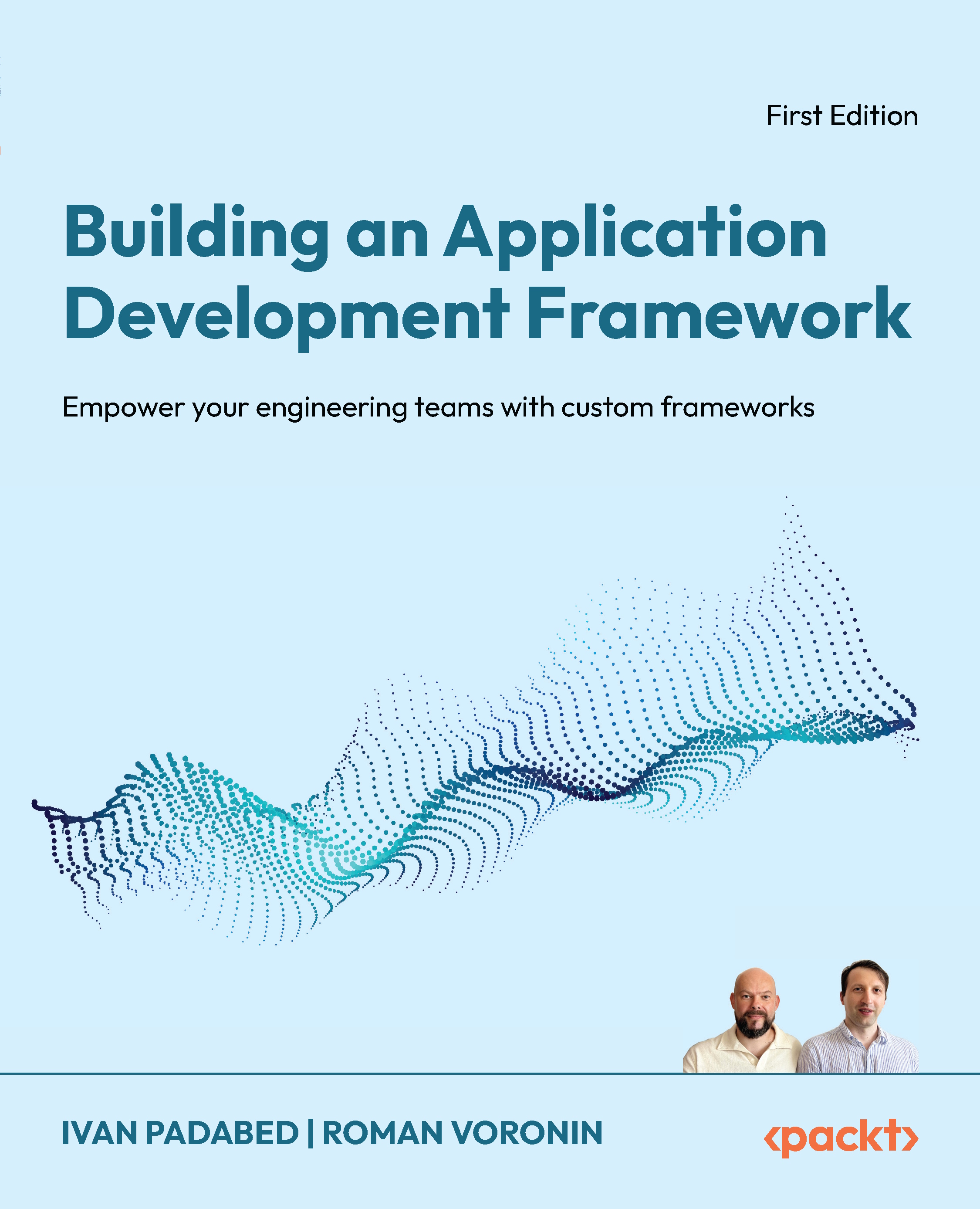Prototyping techniques and best practices
When creating a framework, avoid starting from scratch. Instead, review a set of real-world applications and note common control flows, abstractions, and components. These shared elements become a reusable core, speeding up future development within the same domain.
In this section, we provide a practical example of how to prototype a framework by extracting common behaviors from an existing application. In our first iteration, we identify the minimal set of reusable modules and define the essential execution flow.
As our concrete case, we’ll show how to build a lightweight agent-oriented framework for LLM-based applications. Our motivation comes from repetitive patterns in existing tools – processing user input, adding context via system prompts, routing to a model backend, and transforming the model’s output into usable responses.
We’ll demonstrate how these steps translate into core components –...

































































